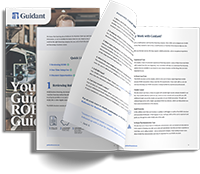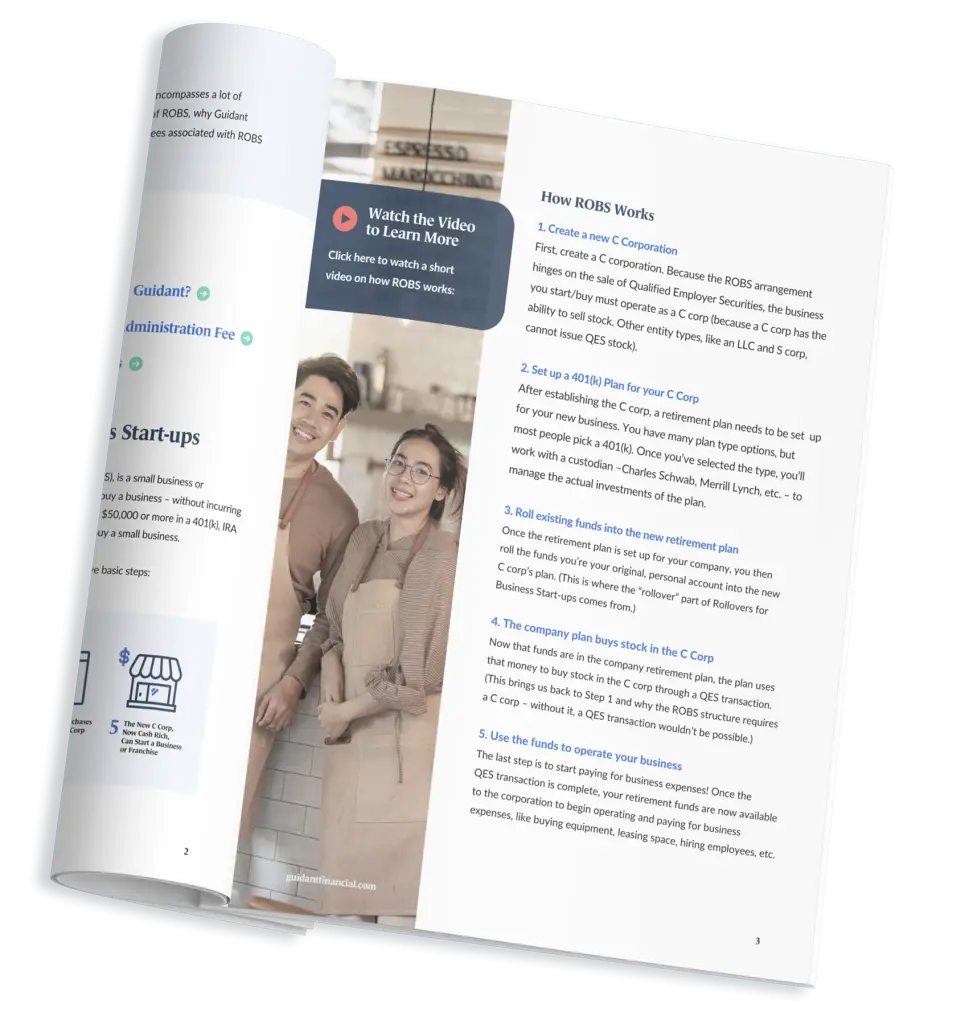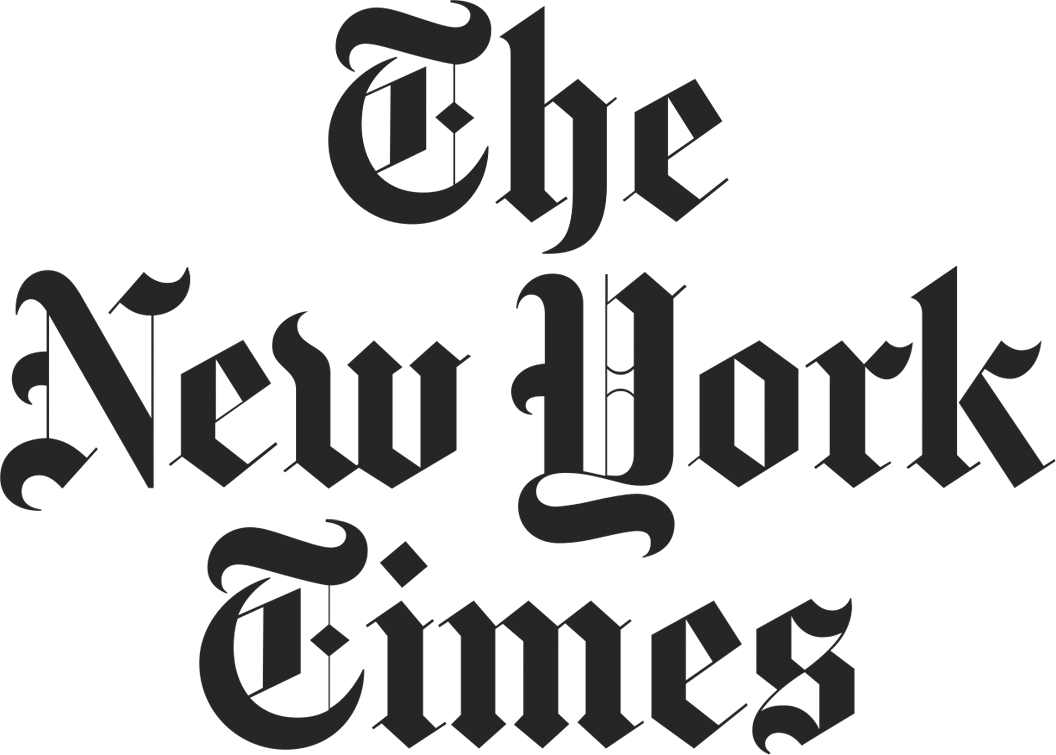Before setting up shop in the Health and Wellness Spa industry, get a closer look at the current trends, cost to entry and shifting audience in this vibrant market.
They say that self care isn’t selfish, and this new attitude toward putting one’s physical and mental wellbeing first is likely one of the reasons we’re seeing more consumers heading to the spa to enjoy a guilt-free day of rest and relaxation. Habits that were once seen as lavish or self-indulgent are now considered a healthy part of a ritual of well-being. An IBISWorld report says that this $16.6 billion industry saw a 2.9 percent annualized growth over the last five years and is projected to continue to grow 1.7 percent annually though 2021.
Although spas have been around for quite a while the market is still steamy, and you can strike while the massage stones are still hot. If you’re considering breaking into the Health and Wellness Spa Industry, here’s what you need to know.
Spa–Goers Have High End Tastes
Health and wellness spas still typically see most revenue realized from traditional services such as massage, skin services and hair and nail treatments. But as the economy continues to flourish, spas are expanding their services to meet the needs of a wealthier audience. Specifically, medical spas are gaining popularity. IBIS reports that 65 percent of medical spas have seen an increase in client visits, which exceeds the industry average. Medical spas offer more advanced (and costly) services such as Botox injections, laser hair removal and minor reconstructive procedures. Day spas can also keep up with the trend of offering more invasive and effective services by providing chemical peels and Microderm abrasion — procedures that can be completed by licensed estheticians rather than medical professionals.
As consumers become more educated about the products they purchase, spas have begun to adjust their retail offerings — moving toward organic and eco-friendly product lines to boost sales. Often strategically placed by the spa entry or exit and sold on a commission basis by providers, retail product sales accounted for over 10 percent of industry revenue last year. Though spas are traditionally thought of as service-based the ability to place, price and promote self-care products can have a large impact on your business’s bottom line.
Market to Men, Not Millennials
Traditionally, women aged 20 – 64 are the largest source of industry demand, but this may not always remain the case. Because Baby Boomers make up the largest buying group in the U.S., industry purveyors would do well to focus on this group of consumers when looking for areas of growth.
Services aimed at a more mature audience expands from basic beauty offerings to include care from exercise physiologists, physical therapists, acupuncturists and chiropractors. Baby Boomers often visit the spa, not only for luxury and relaxation, but for pain relief and this group has the disposable income to spend on more specialized services. Currently, the Boomers account for 39 percent of total spending at the spa and this number is sure to increase if services and marketing efforts are more tailored and targeted to this group.
Another audience spa owners are wise to focus their efforts on is men. Almost a quarter of all spa-goers are men, which is higher than many may assume. This solid consumer base provides opportunity for spas to increase their male clientele by selling male-specific products and expanding their offerings to reach more men. Many men’s publications such Men’s Journal have already embraced this growing trend — doing the initial ground work of explaining the benefits of spa services.
One of the biggest threats to the industry, according to the International Spa Association (ISPA) is the potential for consumers to see Spa offerings as luxury options, rather than necessity, which of course, doesn’t hold up as well in times of economic downturn. To combat this, many establishments are expanding their offerings to include more affordable selections such as short massages and day visits.
Learn more about your funding options: Pre-qualify Today.
Customers Live on the Coasts
Although some spa services such as massages can be covered by health insurance, most of the services provided at spas are discretionary. For this reason, health and wellness spas are more likely to thrive in major metropolitan areas, where consumers have more disposable income. The exception to the rule is spas located in rural areas that are a part of an upscale hotel or resort.
Not surprisingly, areas of the country that are highly populated and have higher average income per capita are more popular locations for spas. IBIS reports that Florida alone is home for 7.8 percent of industry establishments, and as the population continues to grown in the Southeast, it becomes an even more ideal location for spa purveyors.
California, another warm-weather state, is estimated to have 11.9 percent of spas in the country. In general, the West has a higher income per capita and cost of living in cities like Los Angeles, San Francisco and Seattle and presumably more disposable income to spend on discretionary services.
Other regions in the country popular for industry operators include the Mid-Atlantic and Great Lakes. In general, areas with wealthy consumers, high population density and the possibility for foot traffic are the safest bets for setting up shop.
Financing a Full-Service Spa
The cost to open a spa can vary greatly depending on your service offerings. Smaller establishments providing a single service such as nails or hair only — particularly where providers may rent their stations — are much less costly than full service medical spas with more specialized equipment and highly trained staff such as nurses. However, because a spa is generally a brick and mortar business, which requires staff, equipment and inventory before opening, the cost to entry is relatively high.
For this reason, entrepreneurs looking to finance a business in the spa industry should consider funding options that minimize debt and maximize their buying power, such as debt-free 401(k) business financing. If you don’t have the full purchase amount available in retirement savings, it’s also possible to use 401(k) financing as a down payment on an SBA Loan, which can provide up to $5 million in funding.
Though not historically economy-proof, those looking to break into the spa industry can find success using a little creativity when choosing what products to offer and who to market them to. The keys to cashing in on the self-care movement include tailoring your services to clients seeking high-end treatments and products, including men and finding the right financing to meet your business’s needs. When you’re ready to take the first step toward opening the doors to your spa retreat begin by learning how much small business financing you’re already qualified for.

















